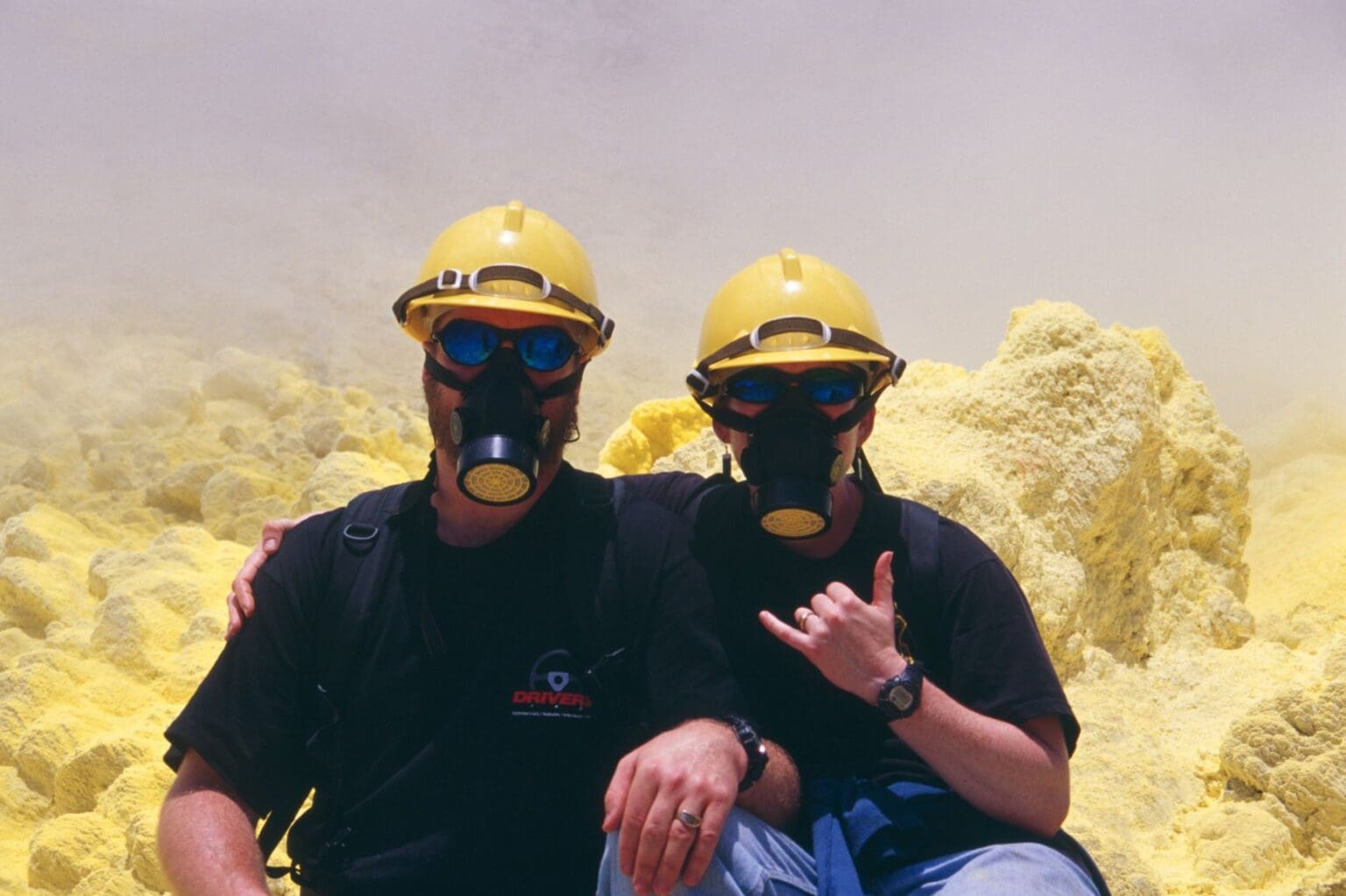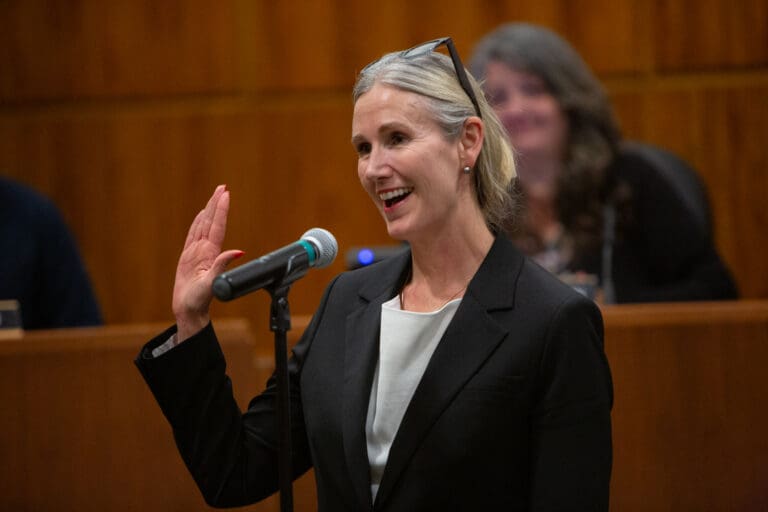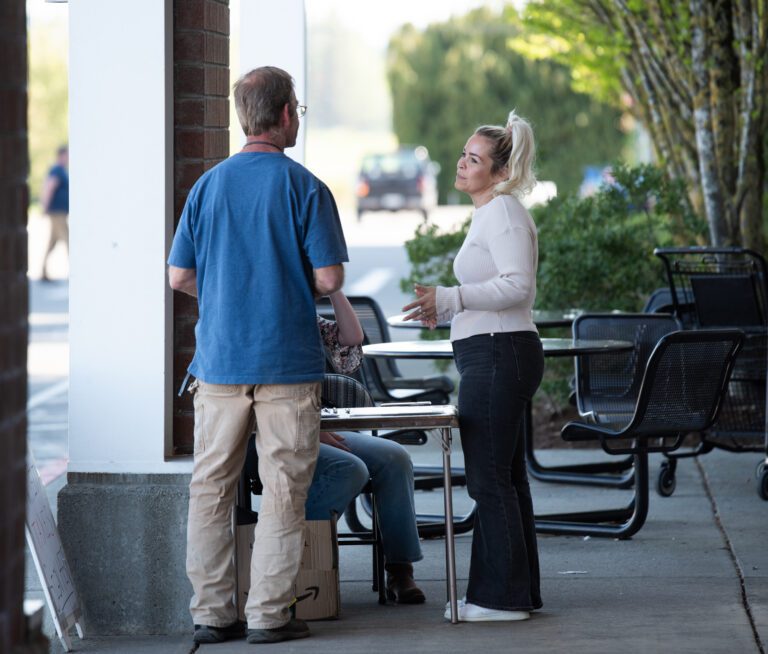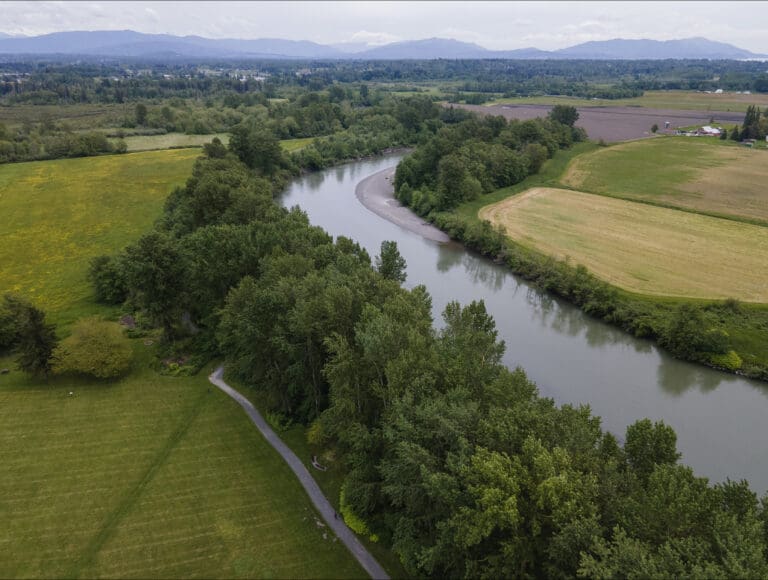Western Washington University professor Jackie Caplan-Auerbach has rocked the Taylor Swift community following her identification of what has been dubbed the “Swift Quake” — a shake that registered as a 2.3 magnitude earthquake on a seismograph, caused by the musician’s recent concerts at Lumen Field in Seattle.
What began as an innocuous Facebook post of her findings has exploded into dozens of interview requests as the story was shared around the world by news organizations like The New York Times and People Magazine, and a quiz by the BBC.
“Weirdly, this is not the first time I’ve gone viral for something very strange,” Caplan-Auerbach said.
In 2018, she was reposted by actor Mark Hamill for a post on X (formerly known as Twitter) about General Leia from “Star Wars.”
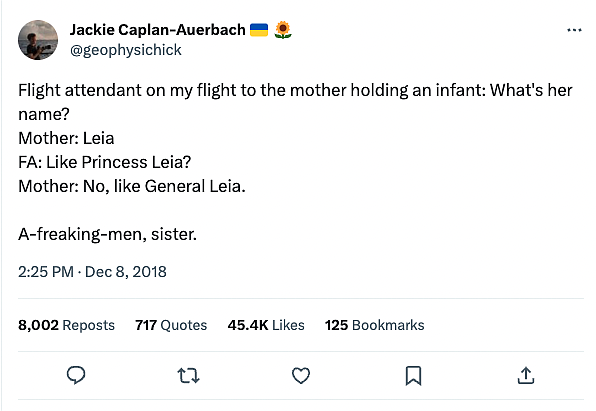
“Of all the things I hoped to be known for in my life, General Leia may not have been the thing I expected,” she said.
“This,” she said in reference to the Swift Quake media attention, “is a little different.”
While she doesn’t love the email inbox exploding with interview requests, she’s enjoying the opportunity to share the utility of seismic data and, in a way, her life’s work.
“Ironically, in some respects, this is not hugely different from what I do,” she said. “In many respects earthquakes and sound are very, very similar. When we think about what we call P waves, the first arriving waves in earthquake science, those really are exactly what sound is.”
A lot of what Caplan-Auerbach studies, when she’s not teaching a geology lab at Western, are the sounds generated by volcanoes. She then tries to interpret what’s happening within the system based on the sounds. While the source of the sound is different in the event of the Swift Quake, the concept of using sound to interpret the source is a familiar course of study.
Caplan-Auerbach is a moderator of a Facebook group that talks about the earthquakes and seismology of the Pacific Northwest. Someone in the group asked if the Taylor Swift concert had made a quake similar to the 2010 Beast Quake caused by the cheers for Marshawn Lynch’s 67-yard touchdown with nine broken tackles. When Caplan-Auerbach looked at the data, what she found was far greater than the Beast Quake.
“I had not anticipated the data would be as cool as that,” she said. “I have really been having a blast looking at the actual seismograms.”
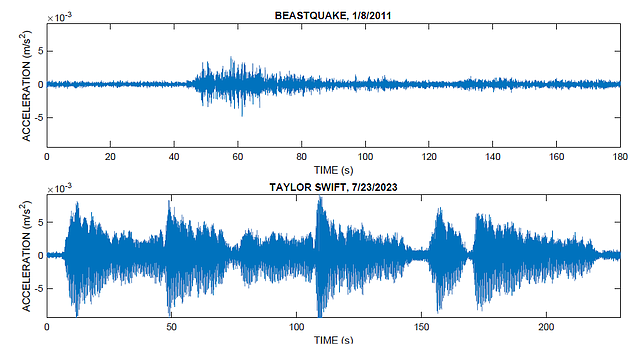 Seismometer readings compare ground shaking from the Beast Quake in 2011 to the July 23 Taylor Swift concert from Lumen Field. (Photo courtesy of Jackie Caplan-Auerbach)
Seismometer readings compare ground shaking from the Beast Quake in 2011 to the July 23 Taylor Swift concert from Lumen Field. (Photo courtesy of Jackie Caplan-Auerbach)
From the data, Caplan-Auerbach said she’s able to see the crowd’s response to individual songs and compared the two nights, finding differences when Taylor Swift’s surprise songs were played.
Through this experience, Caplan-Auerbach has loved sharing the utility of seismic data and showing that science isn’t just done by a person wearing a white coat in a lab. Data can be collected, tested and shared about any topic or phenomenon, including from a Taylor Swift concert.
Additionally, she loves how many young women she’s reached with her study of sound and the earth.
Caplan-Auerbach said as a young woman, she worked as a high school physics teacher but was looking for a change in her work and was searching for something to bring her to the ocean. On a trip to Portland and a stop at Powell’s Books, she stumbled upon a book about physical oceanography.
“I thought, holy shit, there’s physics of the ocean,” she said. “The next day I hiked up Mount St. Helens, and I looked at the devastation that it had caused … and, I thought, ‘This is it. I’m going to study undersea volcanoes.'”
A short time later, she found herself as a graduate student at the University of Hawaii where they had recently placed a seismometer on the local undersea volcano, Kama’ehuakanaloa.
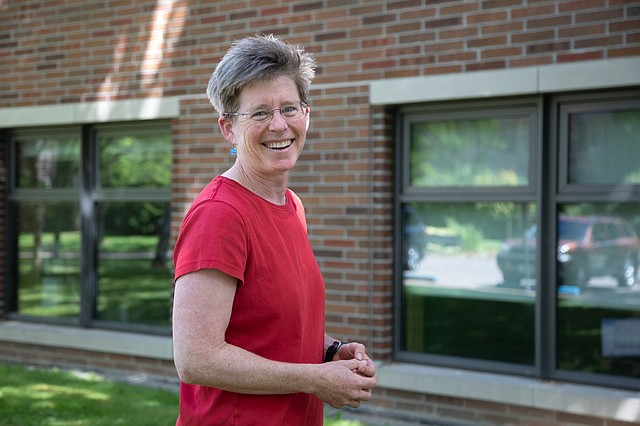 Jackie Caplan-Auerbach researches volcanoes, including Kama’ehuakanaloa in Hawaii. (Hailey Hoffman/Cascadia Daily News)
Jackie Caplan-Auerbach researches volcanoes, including Kama’ehuakanaloa in Hawaii. (Hailey Hoffman/Cascadia Daily News)
At Western, she continues researching Kama’ehuakanaloa — with the help of her own horde of hardworking graduate students. She’s explored topics of how it’s evolved, how it erupts and the stability with regard to landslides. While she realizes her course of study isn’t practical or important to everyone, there is value in simply wanting to know and explain how the world works.
“Every little contribution we have can make the story more complete, and I think there’s value in that,” she said. “How does it help us to know how the Taylor Swift concert shook the ground? If you really want to push it, that part of Seattle is underlined by really soft geology, which can amplify ground shaking. Understanding how that responds can actually help us prepare for earthquakes.”
In the last few decades, she’s traveled the world studying undersea volcanoes in places like Alaska, New Zealand, and Tonga.
Caplan-Auerbach said she’s still combing through the data from the Taylor Swift concerts to understand when different songs played and will be keeping an eye on the seismometer following the Beyoncé concert on Sept. 14.

